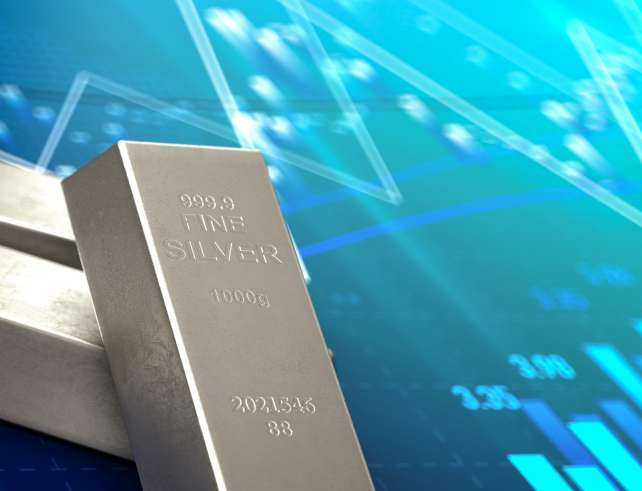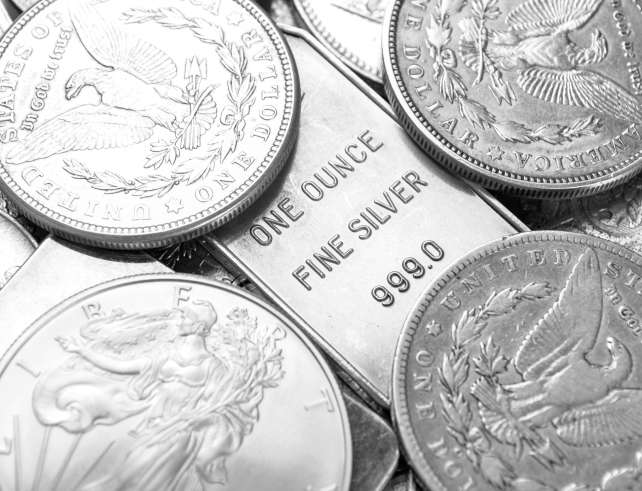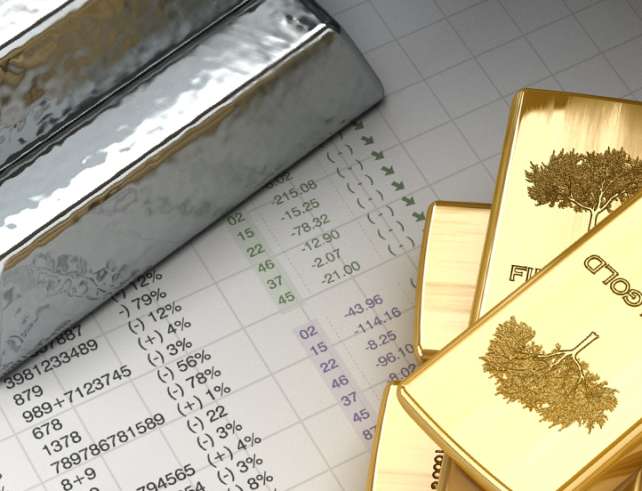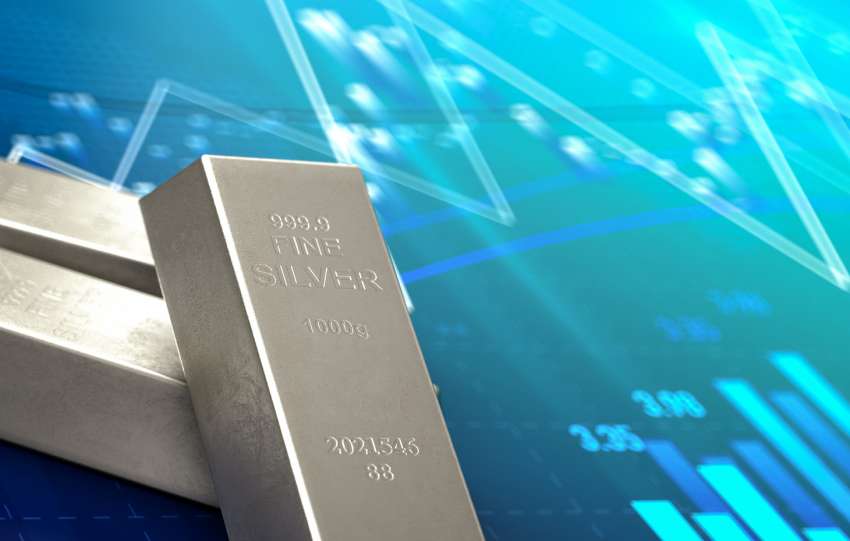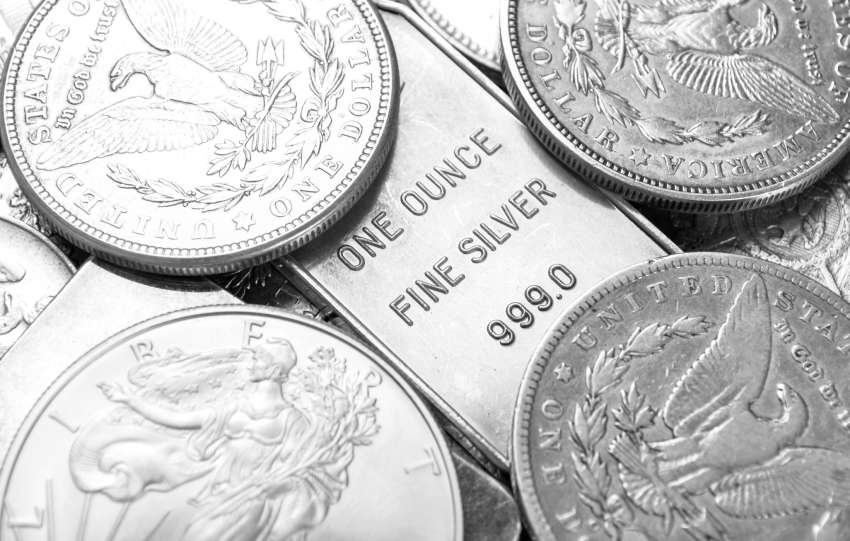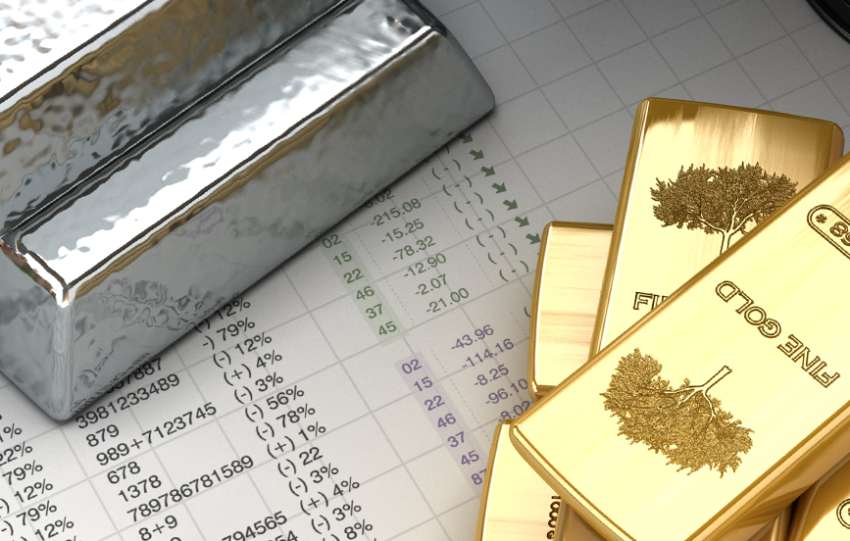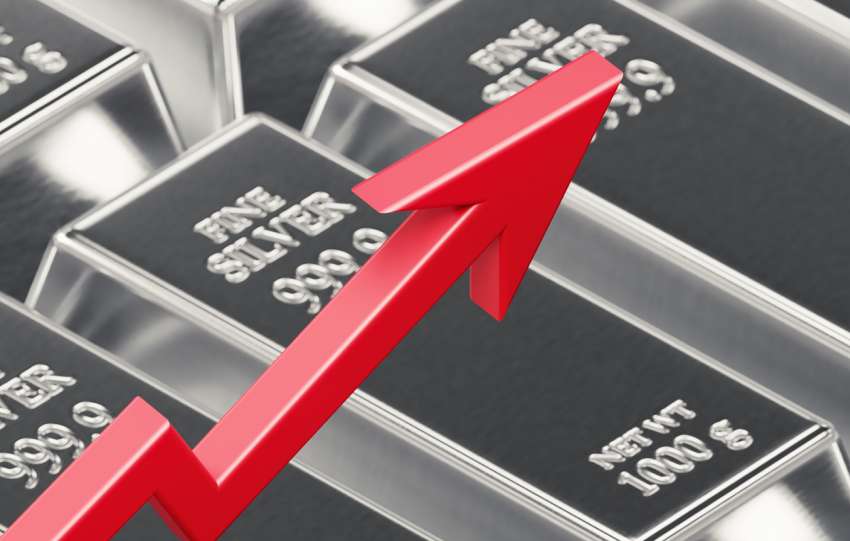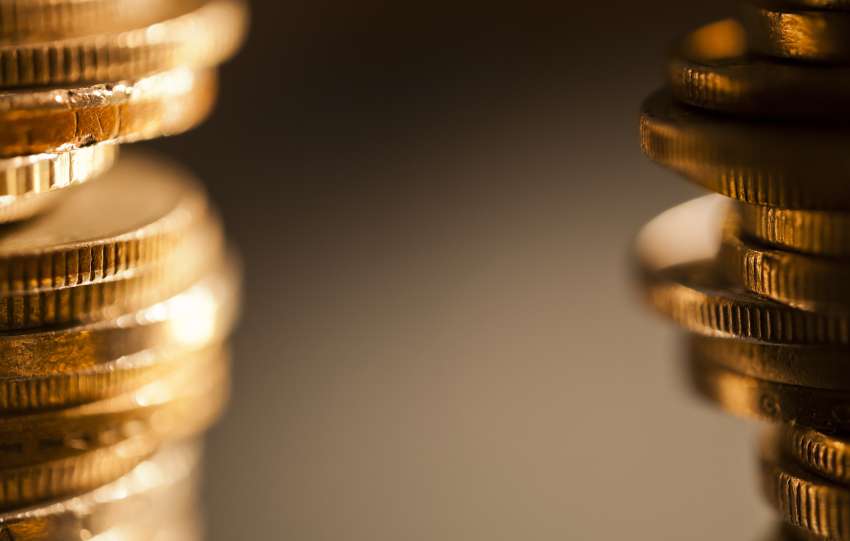If you walked the streets of America back in 1964, you likely had plenty of silver in your pocket change. That’s because most circulating coinage — besides pennies — contained a fair amount of the white metal prior to 1965. This leaves many people asking if there might be silver in their change.
While the question doesn’t seem complex, there are many complex aspects to the answer. The simple answer would be yes, and this simple response would be true. After all, every Washington Quarter prior to 1965 contained 90% silver, and that’s a lot of quarters.
Plus, if you consider that over 1.26 billion of these coins came out in their final year, it would only make sense that they’d still be in circulation. Unfortunately, you might have trouble finding them. This guide will explain why and provide a few tips for your search.
Are There Still Silver Coins in Circulation?
When the U.S. Mint started production in 1792, silver served as legal tender. People could literally bring bullion to the mint and have it struck into coins for personal use. This was the start of silver’s use in American coinage, but by the end of the 1950s, a significant change was occurring.
Because of hoarding and shortages, the government stopped using silver in most U.S. currency starting in 1965. Of course, it had still made up significant portions of American coinage for over 170 years. With such a history, it seems foolish to believe that silver coins aren’t still circulating.
Unfortunately, you may have trouble finding silver mixed in with modern currency. There are several reasons behind this:
Coin Hoarding
If you found silver in your pocket change, would you turn around and spend it at a store? No? Neither would anyone else. Hoarding isn’t a recent development. It was actually widespread with these coins and was already occurring during the 1960s.
On top of folks who hoarded coins for investment purposes, Kennedy Half Dollars quickly disappeared as people wanted a Kennedy memento. And over the last 60 years, folks have gone into banks and bought multiple coin rolls simply to search for silver.
With all this hoarding, it’s surprising that anyone can still find silver in circulating coinage.
Private and Government Melting
The government has a long history of melting silver coins. The 1918 Pittman Act, for instance, provided authorization to melt up to 350 million Morgan silver dollars. When the price of silver skyrocketed in the late 1970s, though, citizens got in on the fun, too.
A major reason it’s difficult to find silver in your pocket change is that lots of it got melted. Refineries saw months-long backups when prices went up. The demand for melted coinage was so high that physical coins started selling for less than spot.
If Americans want to blame anyone for the lack of silver coins in circulation, they should take a hard look in the mirror. Better yet, blame your parents’ and grandparents’ generations.
Government Ceases Silver Certificates
In 1878, the government began issuing silver certificates. Citizens could exchange these certificates for silver coins and even raw bullion at one point. When the government discontinued these in 1964, the only way for people to own silver currency was to keep their coinage.
“So, Can I Find Silver Coins in My Pocket Change?”
These events may make it seem like there’s little chance of finding silver in your pocket change. Since a documented coin search of 2,000 Kennedy Half Dollars returned zero silver specimens in 2018 — long before the 2021 silver raid — this is a good assumption to make.
Regardless, it is still possible to find silver among circulated coinage. It’s a rare event for such a coin to end up in pocket change, though, so finding one requires diligence and knowledge. The following sections will give you that knowledge, but the diligence is up to you.
Common Silver Coins in Your Pocket Change
There have been a variety of silver coins issued by the U.S. Mint throughout history. Of course, you don’t have an equal chance of finding each. When searching for silver in your pocket change, there are certain coins you’re unlikely to find simply because of their rarity and popularity.
For instance, you’d probably be surprised if you found a Barber Quarter, Peace Dollar, Mercury Dime, Barber Dime, Peace Dollar, or Franklin Half Dollar in your change at the gas station. This would catch your attention even if you didn’t know they all contain silver.
If you do come across silver in your pocket change, however, it will probably be in the following forms:
- 1942-1945 Jefferson Nickel (35% silver)
- 1946-1964 Roosevelt Dime
- 1932-1964 Washington Quarter
- 1964 Kennedy Half Dollar
- 1965-1970 Kennedy Half Dollar (40% silver)
Each of these coins — except where noted — are 90% silver. This can result in a nice payday if you discover one of them in your change. When the spot price of silver hovered at $25.50 per ounce, for instance, a Washington Quarter contained about $4.60 worth of the metal.
Since the spending value amounts to only $0.25, this is an amazing profit for simply remaining vigilant with your money. If you’re hoping to find silver in your pocket change, though, vigilance isn’t all you need. The following section will give you the tips necessary to succeed.
How to Identify Silver Coins in Circulation
You now have a good idea of the coins you might find that contain precious metal. The colossal task is being able to identify them when you see them. Those hoping to find silver in their pocket change may worry that they’ll have to search one-by-one, but this isn’t always the case.
Check the Dates
When searching for silver coins in circulation, checking the dates might be the most time-consuming option. Of course, it’s also pretty effective. If you find a dime, quarter, or half dollar of any kind dated before 1965, you have a silver coin on your hands.
Kennedy Half Dollars kept their silver content longer than others — up to 1970 — but it was a reduced content after 1965. You’ll also hit the jackpot with nickels dated between 1942 and 1945. Unfortunately, some nickels released in 1942 didn’t have silver.
Check the Mint Mark
The Jefferson nickel is the only silver coin in your pocket change that shares a date with its non-precious counterparts. Fortunately, the government made the mint marks on silver specimens super visible so they could later pull them from circulation.
If you see a letter printed above the Monticello dome on the back of the coin, you’ve got a silver wartime nickel. Fortunately for anyone who collects these, it’s much easier to spot this obvious mark than to make out a potentially faded date on the coin’s obverse.
Check the Weight
You can tell the difference between silver coins in your pocket change and their modern counterparts by weight. A silver Washington Quarter, for instance, weighs 6.25 grams. All quarters made after 1964, however, are 5.670 grams.
Of course, there are better ways to spot silver coinage. Whether it’s dates or mint marks, why bother weighing the coins? This method is beneficial in only one situation: Eisenhower silver dollars. Between 1971 and 1976, some of these dollars contained 40% silver.
Unfortunately, it was only those minted in San Francisco that had silver. Even worse, the mint simultaneously produced non-silver Eisenhower dollars with no distinctive marks. The only way to tell the difference is to find the dollar in its original proof set or weigh it. Silver Ikes weigh 24.59 grams.
Look at the Edge
Saving the best for last, you can actually spot silver coins by simply looking at their edges. If there’s brown along the edge, the coin is copper clad. If the edge is solid with no brown coloring, it’s silver.
Congratulations! You can now quickly scan a stack of 100 coins and immediately pick out the silver pieces.
The Myth of Junk Silver
If this is the first time you’re hearing the term “junk silver,” maybe it brings visions of broken jewelry to mind. Perhaps it even sounds like it describes culls — coins that have suffered significant degradation or damage. In reality, it’s the silver in your pocket change that people call “junk.”
While this label certainly has negative connotations, “junk” doesn’t refer to the value of the coins. Instead, it refers to their value as collectibles. Because of their widespread circulations, most junk coins carry no numismatic value. Still, they all contain a valuable amount of silver.
You can find the following amounts of the precious metal in any of these silver coins in pocket change:
- 1942-1945 Jefferson Nickel: 1.75 grams
- 1946-1964 Roosevelt Dime: 2.25 grams
- 1932-1964 Washington Quarter: 5.625 grams
- 1964 Kennedy Half Dollar: 11.25 grams
- 1965-1970 Kennedy Half Dollar: 4.6 grams
While this may seem like a small amount of silver in pocket change, it adds up quickly. A single roll of 20 Kennedy Half Dollars from 1964, for instance, contains over 7 troy ounces of silver bullion. You’d have to buy seven 1-ounce silver bars to get the value of these circulation coins.
This value shows that there’s nothing junk about silver coins from circulation.
Silver in Your Pocket Change or Your Collection!
You now have the tools to start an exhaustive search for silver coinage in your pocket change. As you’ve probably learned from reading this guide, though, your search will often remain unfruitful. Fortunately, this doesn’t mean you can’t invest in circulated silver coins.
The lucky aspect of this coinage is that its rarity hasn’t caused the price to skyrocket. Even as countless “junk coins” have found their way to refineries and hoards, you can still purchase them for spot value and a small premium.
It’s an exciting moment when you find silver in your pocket change. Unfortunately, this occurrence is becoming more rare. If you’d still like to own these tiny pieces of history, though, visit our “Junk Silver” For Sale page today to see all your investment and collectible options.


